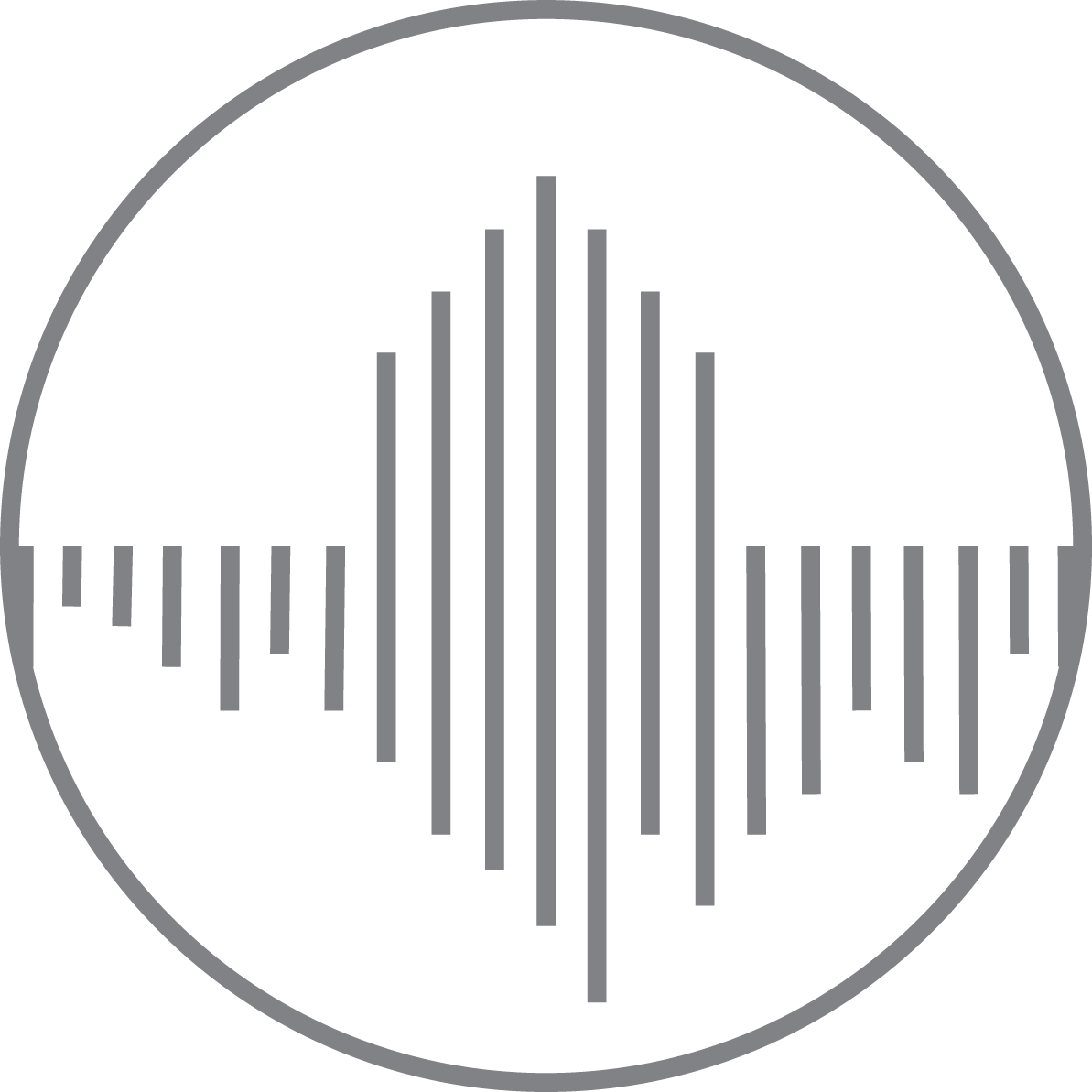Demystifying Passive House Design: Building for Energy Efficiency and Comfort
Introduction:
In an era where energy efficiency and sustainability are paramount, Passive House design has emerged as a groundbreaking approach to constructing buildings that prioritize energy conservation and occupant comfort. This design methodology, with its roots in Germany, has gained global recognition for its ability to significantly reduce energy consumption and create spaces that are both eco-friendly and comfortable. In this blog post, we'll explore the basics of Passive House design, its key principles, and the remarkable benefits it offers.
What is Passive House Design?
At its core, Passive House design is an architectural concept focused on creating buildings that require minimal energy for heating or cooling, hence the term "passive." This approach aims to optimize a building's envelope, ventilation system, and overall design to achieve exceptional energy efficiency. By reducing the building's energy demand, Passive House design reduces greenhouse gas emissions and lessens the environmental impact.
Key Principles of Passive House Design:
a) High-Quality Insulation: A fundamental principle of Passive House design is the implementation of high-quality insulation throughout the building envelope. Insulation materials with high thermal resistance are used in walls, roofs, floors, and windows to minimize heat transfer, thereby reducing the need for artificial heating or cooling.
b) Airtightness: Achieving a high level of airtightness is crucial in Passive House design. The building's envelope is carefully sealed to minimize air leakage, which can cause drafts and energy losses. By preventing uncontrolled air infiltration, the indoor temperature can be effectively regulated, leading to enhanced comfort and reduced energy consumption.
c) Advanced Windows and Doors: Windows and doors play a significant role in Passive House design. High-performance, triple-glazed windows with low-emissivity coatings are used to minimize heat loss while maximizing natural light and solar gains. Doors are also well-insulated to prevent energy loss.
d) Balanced Ventilation with Heat Recovery: Proper ventilation is essential for maintaining good indoor air quality. In Passive House design, a mechanical ventilation system with heat recovery is employed. This system continuously supplies fresh air while extracting stale air, recovering the heat from the outgoing air and transferring it to the incoming fresh air. This process helps maintain a comfortable indoor environment and reduces the energy required for heating or cooling.
e) Passive Solar Design: Passive House design takes advantage of the sun's energy through passive solar design strategies. Buildings are oriented to maximize solar gains during the winter while shading elements or overhangs help minimize excessive heat gain during the summer months. This strategic use of solar energy reduces the reliance on artificial heating and cooling systems.
The Benefits of Passive House Design:
a) Superior Energy Efficiency: By implementing Passive House design principles, buildings can achieve remarkable energy savings of up to 75% compared to conventional structures. This translates into significant cost reductions and a smaller carbon footprint.
b) Enhanced Comfort: Passive House buildings provide exceptional thermal comfort, with stable indoor temperatures, reduced drafts, and improved humidity control. Occupants enjoy a consistent and cozy living environment throughout the year.
c) Improved Indoor Air Quality: The mechanical ventilation system in Passive House design ensures a constant supply of fresh air while removing pollutants, allergens, and excess moisture. This promotes healthier indoor air quality and reduces the risk of respiratory issues.
d) Long-term Value: Passive House buildings are future-proofed, designed to meet or exceed energy efficiency standards of the future. They hold their value over time and are likely to experience increased demand as sustainability becomes more important in the real estate market.
Conclusion:
Passive House design represents a revolutionary approach to building design, prioritizing energy efficiency, occupant comfort, and environmental sustainability. By incorporating high-quality insulation, airtightness, advanced windows, balanced ventilation, and passive solar strategies, buildings

